Trigonella foenum-graecum
Trigonella foenum-graecum
1. The products in our compound library are selected from thousands of unique natural products; 2. It has the characteristics of diverse structure, diverse sources and wide coverage of activities; 3. Provide information on the activity of products from major journals, patents and research reports around the world, providing theoretical direction and research basis for further research and screening; 4. Free combination according to the type, source, target and disease of natural product; 5. The compound powder is placed in a covered tube and then discharged into a 10 x 10 cryostat; 6. Transport in ice pack or dry ice pack. Please store it at -20 °C as soon as possible after receiving the product, and use it as soon as possible after opening.
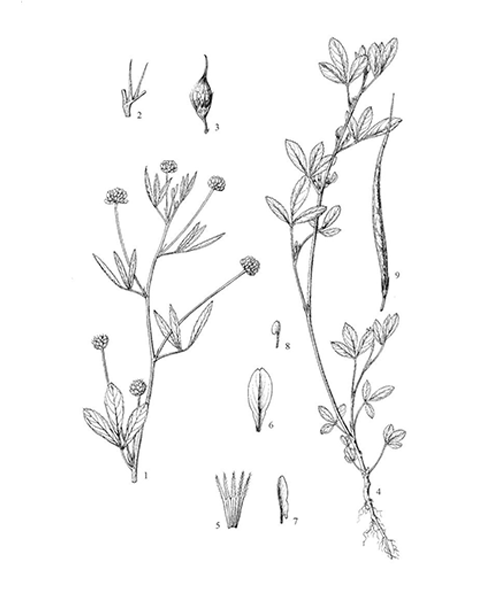
Natural products/compounds from Trigonella foenum-graecum
- Cat.No. Product Name CAS Number COA
-
BCX1603
Orientin-2''-O-p-trans-coumarate1229437-75-5
Instructions
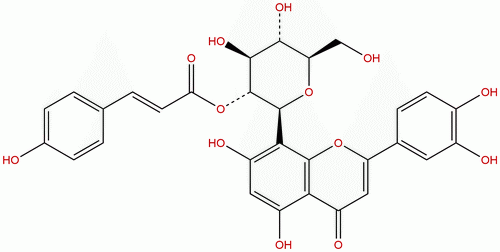
-
BCN6273
Dioscin19057-60-4
Instructions
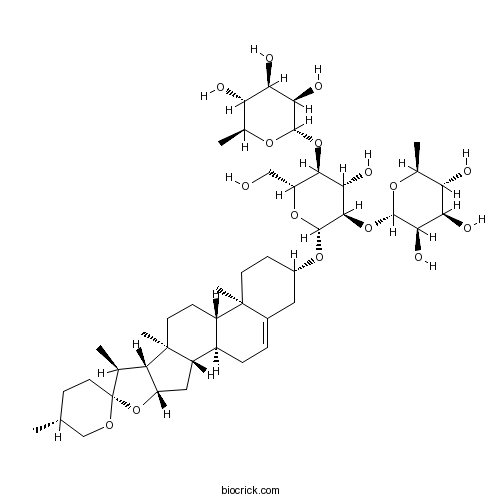
-
BCN4984
Orientin28608-75-5
Instructions

-
BCN5423
Vitexin3681-93-4
Instructions

-
BCN5441
Isovitexin38953-85-4
Instructions
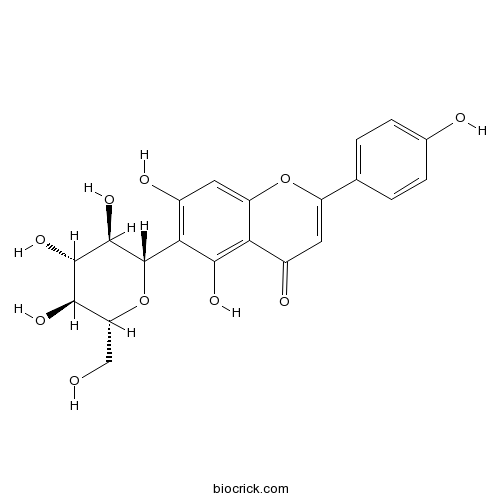
-
BCN4985
Luteolin-6-C-glucoside4261-42-1
Instructions

-
BCN5524
Betulinic acid472-15-1
Instructions
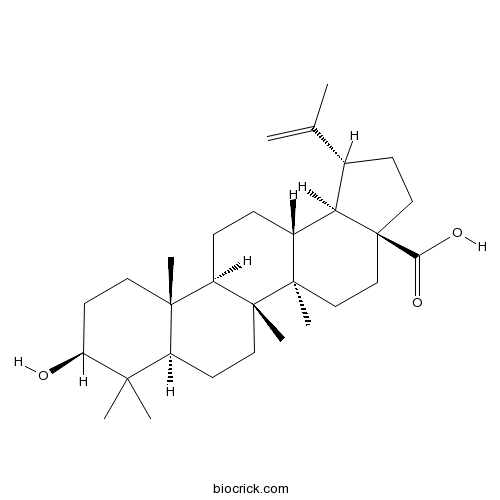
-
BCN5528
Betulin473-98-3
Instructions

-
BCN3515
Rhapontigenin500-65-2
Instructions

-
BCN2598
Soyasaponin Bb51330-27-9
Instructions

-
BCC8933
Deltonin55659-75-1
Instructions
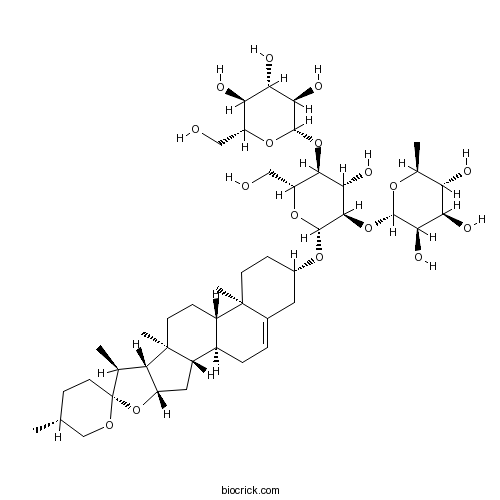
-
BCN2793
Vitexin 2''-O-p-coumarate59282-55-2
Instructions
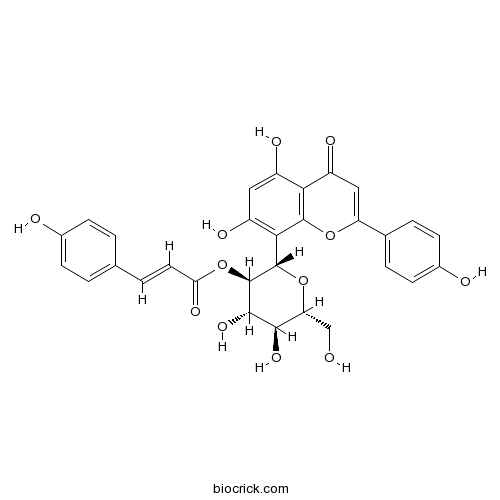
-
BCN1050
Trigonelline hydrochloride6138-41-6
Instructions

-
BCN9061
(±)-Naringenin67604-48-2
Instructions
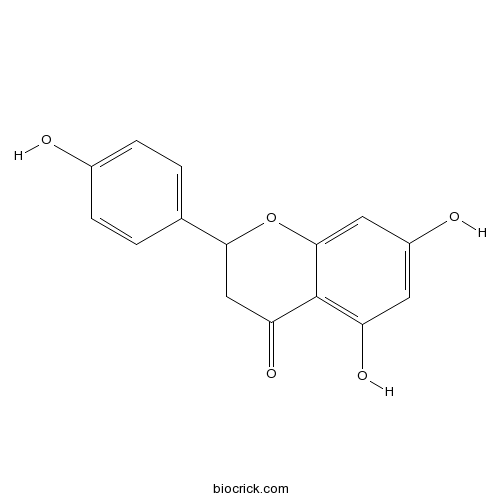
-
BCC3111
H-Trp-OH73-22-3
Instructions

-
BCN5815
Schisandrin A7432-28-2
Instructions

Exploring the Therapeutic Ability of Fenugreek against Type 2 Diabetes and Breast Cancer Employing Molecular Docking and Molecular Dynamics Simulations.[Pubmed: 30108647]
Fenugreek (Trigonella foenum-graecum) is used as a spice throughout the world. It is known for its medicinal properties such as antidiabetic, anticarcinogenic, and immunological activities. The present study shows the properties and the nutritional quality of fenugreek seed extract and focuses on screening of active compounds in drug designing for type 2 diabetes and breast cancer. Quantitative analysis was used to calculate the percentages of protein, carbohydrates moisture, fatty acid, galactomannan, oil, and amino acid. Phytochemical analysis revealed the presence of flavonoids, terpenoids, phenols, proteins, saponins, and tannins in fenugreek seed extracts. Molecular docking and molecular dynamics simulation-based computational drug discovery methods were employed to address the role of fenugreek seed constituents against type 2 diabetes and breast cancer. The computational results reveal that the compound galactomannan can be ascribed as potential drug candidate against breast cancer and type 2 diabetes rendered by higher molecular dock scores, stable molecular dynamics (MD) simulations results, and lower binding energy calculations.
Effect of planting time and vermicompost on the proteomic pattern of fenugreek (Trigonella foenum-graecum)[Pubmed: 30030953]
The fenugreek is one of the most important medicinal plants belongs to Fabaceae, originated in West Asia, Iran and Mediterranean regions. This research included a qualitative study of fenugreek proteins using SDS-PAGE electrophoresis on polyacrylamide gel and the separation of protein bands of fenugreek leaves in different treatments of vermicompost fertilizer and cultivating dates. Results showed that a band (about 80 kDa) on the first planting date (May 31) is observed in all samples except for sample a1 (10 t/ha vermicompost on May 31). Another significant difference was the band contained in the third planting date (31 September) and in the molecular weight of about 15 kDa, which was not seen in other dates. This difference can be due to the synthesis of this protein with the mentioned weight under the conditions of reducing the temperature in the early fall. It also showed more differences in two-dimensional electrophoresis, for example, in 14 kDa and PI in the range of 4.5-4.7 in treatment without fertilizer, no protein expression was observed, which was consistent with the results of the SDS-PAGE test.


